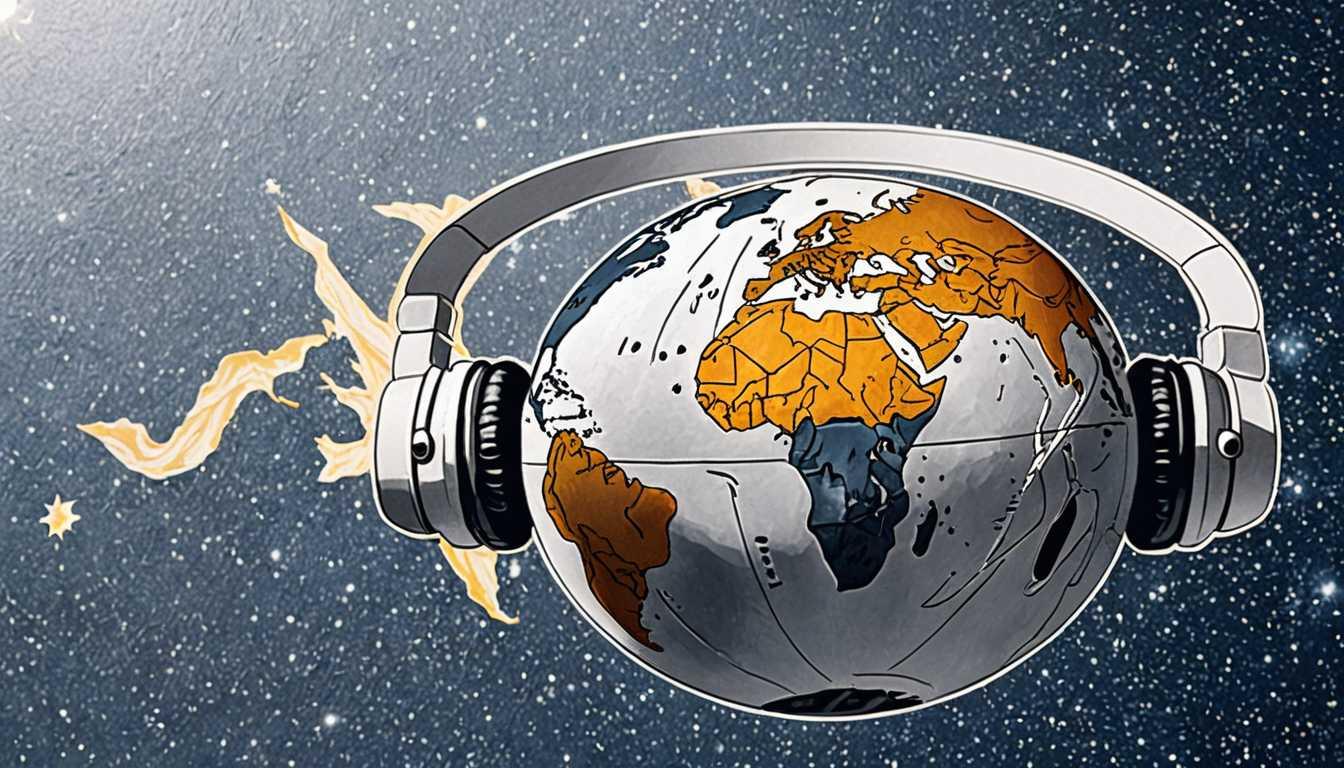Social Goggles: Seeing Life in Patterns
December 2022
Dartmouth College
Introduction
Ever wondered if your brain tricks you into seeing faces in random patterns or why some animations feel oddly social? Dartmouth College dives deep into this phenomenon in their study, "Socialness Is in the Eye of the Beholder." Researchers found that our brains are wired to perceive social interactions everywhere, even in simple geometric shapes moving around! This quirky research not only sheds light on our social brains but also hints at why we might see a buddy in a boulder. Dive into the full story to unravel the mysteries of our social-perception-loving brains!
READ FULL ARTICLEWhy It Matters
Discover how this topic shapes your world and future
Social Spies - Unraveling the Mystery of Perception
Have you ever seen a cloud that looked exactly like an elephant, or perhaps two trees whispering secrets to each other? It turns out, our brains are wired to see the world socially, even when it's not. This fascinating journey into our minds reveals why we might see a face in a rock formation or interpret random movements as a meaningful interaction. It's all about survival - being social creatures, our ancestors had to quickly recognize friends from foes and understand complex social cues. Fast forward to today, and this trait helps us navigate an increasingly complex world. For you, understanding this could change how you see the world around you, making everyday moments a playground for your imagination and empathy. Plus, it's a cool reminder of how awesome our brains are, always playing detective in the social mystery of life.
Speak like a Scholar
Social perception
Understanding how we interpret others' behaviors and form impressions of them.
Neural correlates
The specific brain activities associated with a particular function, like recognizing social interactions.
FMRI (functional magnetic resonance imaging)
A type of brain scan that shows what areas light up during certain tasks.
Conscious perception
Being aware of what you see and understanding it as you're seeing it.
Evolutionary advantage
A trait that increases chances of survival and reproduction.
Cortical hierarchy
The organization of the brain's cortex in a way that processes information from simple to complex.
Independent Research Ideas
The psychology of pareidolia
Investigating why our brains see faces in inanimate objects. This exploration could unravel the mysteries of human perception and its evolutionary benefits.
Social perception in virtual realities
How do we perceive social interactions in digital environments compared to the real world? This study could have implications for the future of social media and virtual communication.
The neuroscience of empathy
Examining the brain's response to witnessing emotions in others versus inanimate objects posing as 'social'. This could lead to breakthroughs in understanding how empathy works.
Cultural differences in social perception
Do people from different cultures perceive social interactions in the same way? This research could uncover fascinating insights into cultural psychology and societal norms.
Artificial intelligence and social perception
Can AI be taught to recognize social cues as humans do? Exploring this could push the boundaries of technology, making AI more intuitive and empathetic.
Related Articles

Numbers Game: Perception Unveiled
September 2023
University of California

Brains Wired for Rights
July 2023
Brown University

Brain's Burglar Alarm: Decoding VRM
October 2023
Massachusetts Institute of Technology (MIT)

Music: The Universal Language of Personalities
February 2022
University of Cambridge

Brain’s Auditory Alert: Decoding Sounds
October 2022
New York University